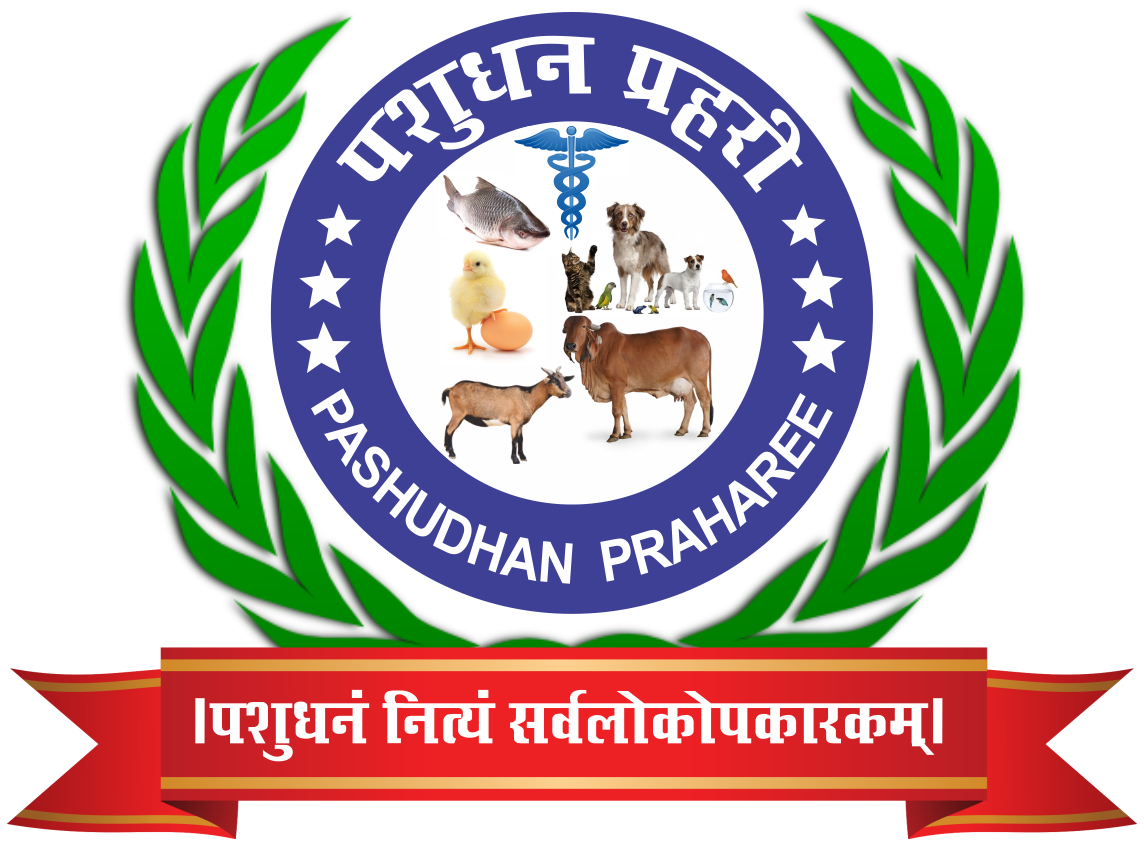Application of TENS (Transcutaneous Electrical Nerve Stimulation) in Animals
Transcutaneous Electrical Nerve Stimulation (TENS) is a non-invasive therapeutic modality used to alleviate pain in animals. It involves the application of low-voltage electrical currents through the skin to stimulate nerve fibers, providing pain relief and promoting healing. TENS is particularly beneficial in veterinary medicine for managing various pain conditions in animals.
Mechanisms of Pain Relief
- Endogenous Opioid Release (Low Frequency TENS):
– Low-frequency TENS (1-10 Hz) stimulates the release of endogenous opioids, such as endorphins and enkephalins, which are natural pain-relieving chemicals produced by the body. These opioids bind to receptors in the nervous system, reducing the perception of pain and providing long-lasting relief.
- Pain Gate Theory (High Frequency TENS):
– High-frequency TENS (50-100 Hz) operates on the principle of the pain gate theory. According to this theory, the electrical stimulation activates non-painful sensory nerve fibers (A-beta fibers), which inhibit the transmission of pain signals (A-delta and C fibers) to the brain. This mechanism effectively “closes the gate” to pain signals, providing immediate pain relief.
Applications in Veterinary Medicine
TENS can be employed for pain relief in various conditions, including:
– Chronic Pain: TENS is effective in managing chronic pain conditions such as arthritis, hip dysplasia, and degenerative joint disease. It helps reduce inflammation and improve mobility in affected animals.
– Nerve Damage: TENS can aid in the recovery of nerve function and alleviate pain associated with nerve damage or neuropathies.
– Osteoarthritis: By reducing pain and inflammation, TENS improves the quality of life for animals suffering from osteoarthritis.
– Degenerative Joint Disease: TENS provides symptomatic relief for animals with degenerative joint diseases, enhancing their comfort and mobility.
– Tendinitis and Myopathies: TENS helps manage pain and promote healing in conditions like tendinitis and muscle disorders (myopathies).
Benefits of TENS in Animals
– Non-Invasive and Drug-Free: TENS is a safe and non-invasive treatment option that does not involve the use of medications, making it suitable for animals with sensitivities or contraindications to drugs.
– Enhanced Recovery: TENS promotes faster healing and recovery by improving blood circulation and reducing muscle spasms.
– Improved Quality of Life: Regular TENS therapy can significantly enhance the quality of life for animals suffering from chronic pain and mobility issues.
Considerations and Precautions
– Proper Electrode Placement: Ensuring correct electrode placement is crucial for effective TENS therapy. Electrodes should be placed on or around the painful area, following veterinary guidance.
– Monitoring and Adjustment: TENS settings, including frequency and intensity, should be adjusted based on the animal’s response and comfort level. Continuous monitoring is essential to avoid any adverse effects.
Pros and Cons of TENS in Animals
Pros:
- Non-Invasive: TENS provides pain relief without the need for surgical procedures or medications.
- Drug-Free: Suitable for animals that cannot tolerate medications or have contraindications.
- Immediate Relief: High-frequency TENS can provide immediate pain relief through the pain gate theory.
- Versatile Applications: Effective for a wide range of pain conditions, from chronic pain to acute injuries.
- Enhanced Healing: Improves blood circulation and reduces muscle spasms, promoting faster recovery.
Cons:
- Variable Response: Not all animals may respond equally well to TENS therapy.
- Proper Administration Required: Incorrect electrode placement or settings can reduce effectiveness and cause discomfort.
- Temporary Relief: In some cases, the pain relief provided by TENS may be temporary and require frequent sessions.
- Initial Cost: The cost of TENS devices and training for proper use may be a consideration for some veterinary practices.
- Monitoring Needed: Continuous monitoring is necessary to ensure the animal’s comfort and safety during TENS therapy.
In conclusion, TENS is a valuable tool in veterinary medicine for managing pain and promoting healing in animals. Its non-invasive nature and effectiveness in various pain conditions make it a preferred choice for enhancing the well-being of animals. However, proper administration and monitoring are crucial to maximize its benefits and minimize any potential drawbacks.



